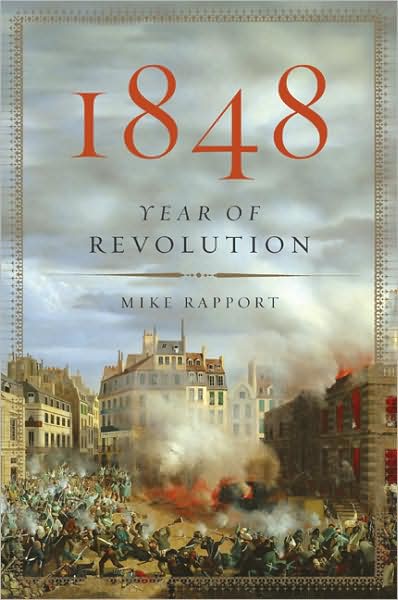I just finished reading Russia Under the Old Regime by Richard Pipes. In the book, the author analyses the evolution of the Russian state from the 9th century to the late 19th/early 20th century.
His approach is I think unique. Each chapter focuses on a specific topic, ranging from the Russian physical environment, to the early history of Russian princes and Tsars, to specific groups such as the peasants and the class serving the state, to the evolution of the institutions implementing the police state. In the process, however, he moves fairly coherently from the earliest days of Russia to the final days of the Tsars.
I was most interested in understanding modern Russia, but had little knowledge of the history of the country. It seems to me that the history since the reign of Peter the Great is the more relevant to modern Russia, that is history since the 18th century. However, I see Pipes' point that modern history is contingent on earlier history; moreover, the stories Russians tell themselves about the early history of their country influence current events.
Pipes argues that Russian history differs significantly from that of western European nations. The Tzar was more autocratic, the aristocracy never had an independent land base, the service class was too dependent on the autocrat to serve as a counterbalance, a bourgeoisie never developed, the church tended to be isolated from western Christianity and supportive of the imperial autocrat, and the vast mass of the peasantry poor, uneducated and oppressed.
The Mongols and Tatars were interested only in extracting income from Russians, supporting the Russian princes who were most successful in bringing them income from the people that they ruled, and perhaps leaving a long lasting Asian imprint on the Russian state. Russia, like the United States, built an empire by expanding into contiguous areas rather than conquering foreign nations; like the USA, it expanded at a vertiginous rate for an extended period of time. Yet it was not able to really administer its eastern territories until railroads and the telegraph allowed reasonable communication between Moscow and its eastern lands.
I suppose that the autocratic rule of the Tsar, derived in part from the models of the Byzantine Emperor and the Khan of the Golden Horde, would have been influential to the end of the Old Regime, and indeed into Stalin's Soviet Union; does it survive in some vestigial form in Putin's administration.
In the 18th century, Peter and Catherine opened Russia to Western models, which had considerable penetration power in any case. The 19th century which opened with the Napoleonic invasion, saw the Crimean War with English and French (Christian) alliance with the Ottoman (Muslim) Empire, effectively ended with the Japanese defeat of Russia in the first decade of the 20th century.
The 19th century saw the ideas of the nation state (unified by a single language and ethnic culture) and the reforms of the 1848 penetrate Russian society. More people received formal education, and more Russians traveled to western Europe. The Tsars allowed magazines to be published and books were both published and imported; Russian literature was created. Pipes points to the Russian Intelligentsia forming, and in that milieu political thought arising (both in support of and opposition to the autocratic rule of the Tsars).
Finally, Pipes traces the rise of the institutions of the Police State in 19th century Russia. A tiny terrorist minority, successful in assassinating some high officials and Tsars, was met by the creation of a police state. Indeed, Pipes identifies many of the procedures institutionalized by the counter-terrorist police forces during the Old Regime as having been replicated in other more modern police states. He notes that in spite of its large size, extraordinary police powers, and freedom from Judicial restraint, the Tsar's security forces were remarkably ineffectual. None the less, the Bolsheviks rapidly adopted the institutions and methods of the police state when they took control of Russia.
The book was first published in 1974. Reading it now, I suspect that Pipes underestimated the persistence of the Orthodox Russian Church, which has rebounded greatly after the Communist suppression of organized religion was ended. So too, the book seems to have provided few clews to the fall of the USSR and the nature of the political and economic systems that have taken hold in Russia in the past quarter century.


1 comment:
"Russia: Land of the Tsars" is a three hour video, in 20 short segments, originally from the History Channel. https://www.youtube.com/watch?v=YlwPOqn9Oto
Post a Comment